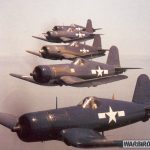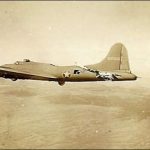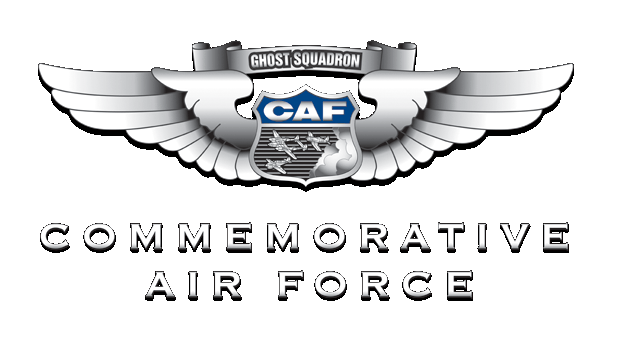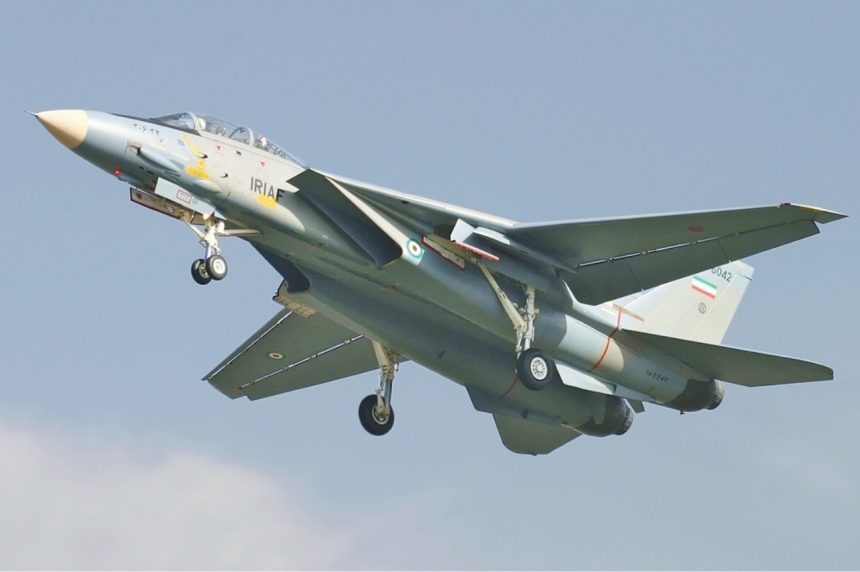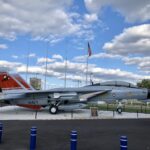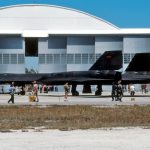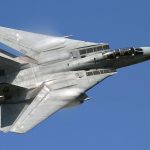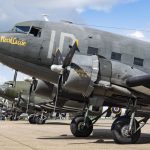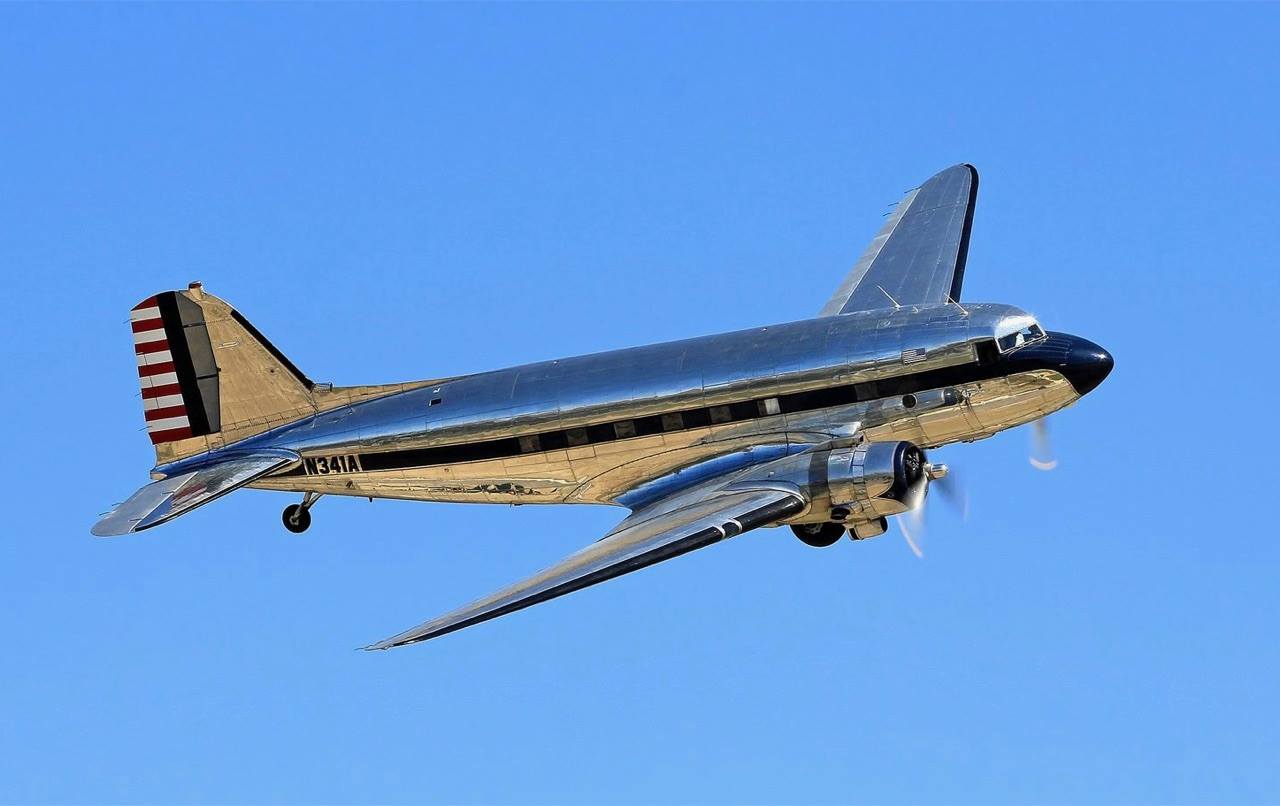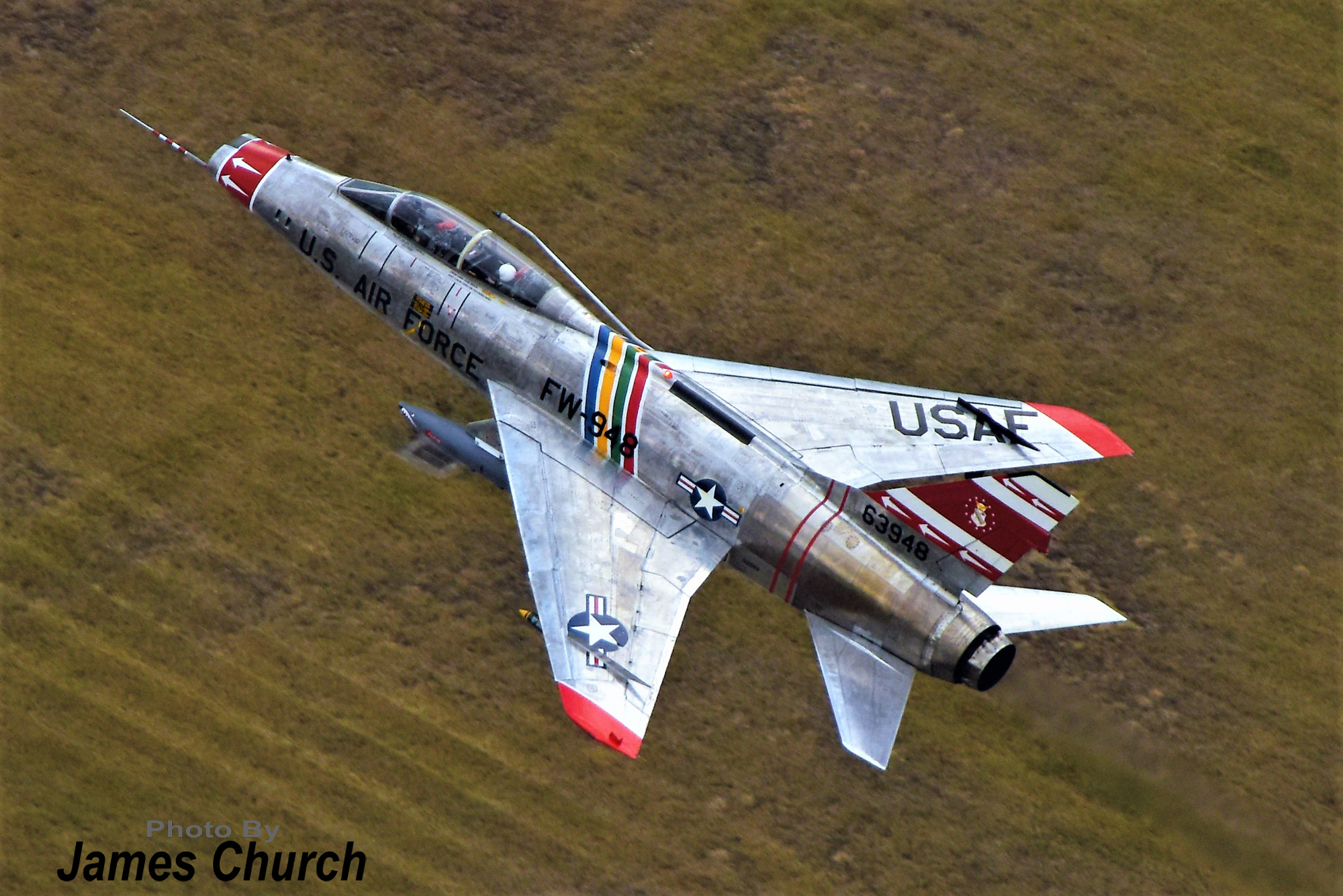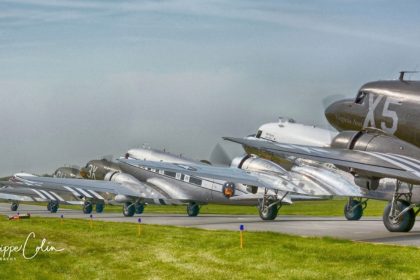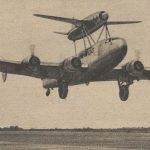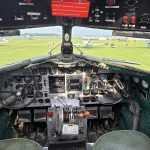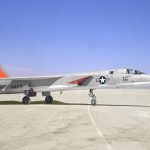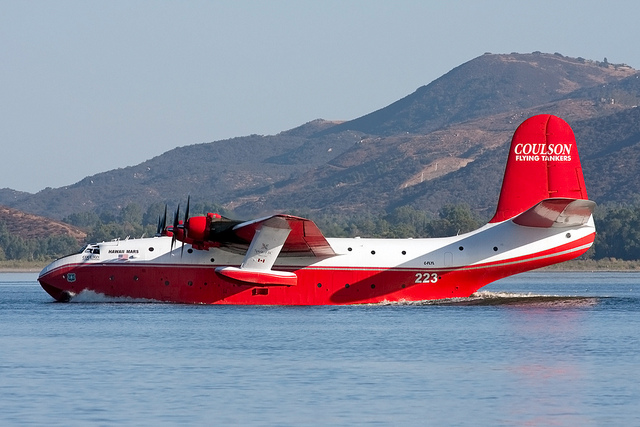At Vintage Aviation News, we primarily spotlight classic warbirds, but occasionally, we delve into the stories of remarkable aircraft still leaving their mark on history. A recent example includes our coverage of Turkey’s F-4 Phantoms—read the article HERE. Today, we turn our attention to another aviation legend: the Grumman F-14 Tomcat. This iconic fighter jet, still operational with the Iranian Air Force, continues to inspire awe. While it doesn’t fit the conventional “warbird” category due to its limited active status with the Iranian Air Force, its enduring legacy and undeniable allure cannot be overlooked.
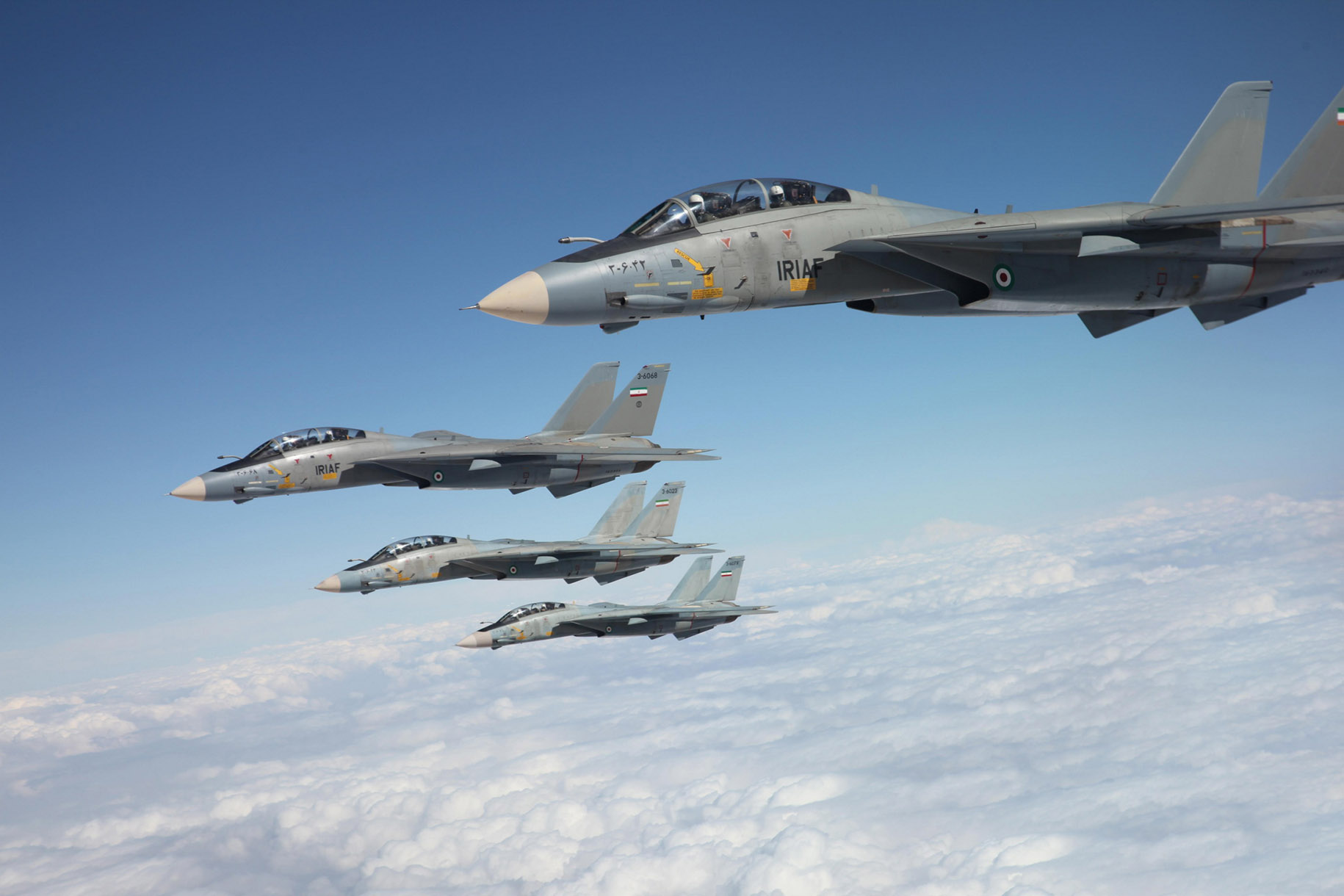
On December 12th, during the Iran International Aerospace Exhibition on Kish Island in the Persian Gulf (held from December 10-13), attendees witnessed what may be one of the final public displays of the ‘Persian Cats’ in action. As reported by The War Zone, the Islamic Republic of Iran Air Force (IRIAF) brought a modest fleet of 10 aircraft to the event. The static display included six planes (three F-5s and three PC-7 turboprop trainers), while the aerial demonstrations featured just four aircraft: one Grumman F-14 and three F-4 Phantoms. This was a scaled-back presentation compared to the originally advertised lineup, which had promised appearances by the Yasin, F-5, MiG-29 Fulcrum, and Yak-130 Mitten, as well as additional static display aircraft. A comprehensive report on this event is available HERE.
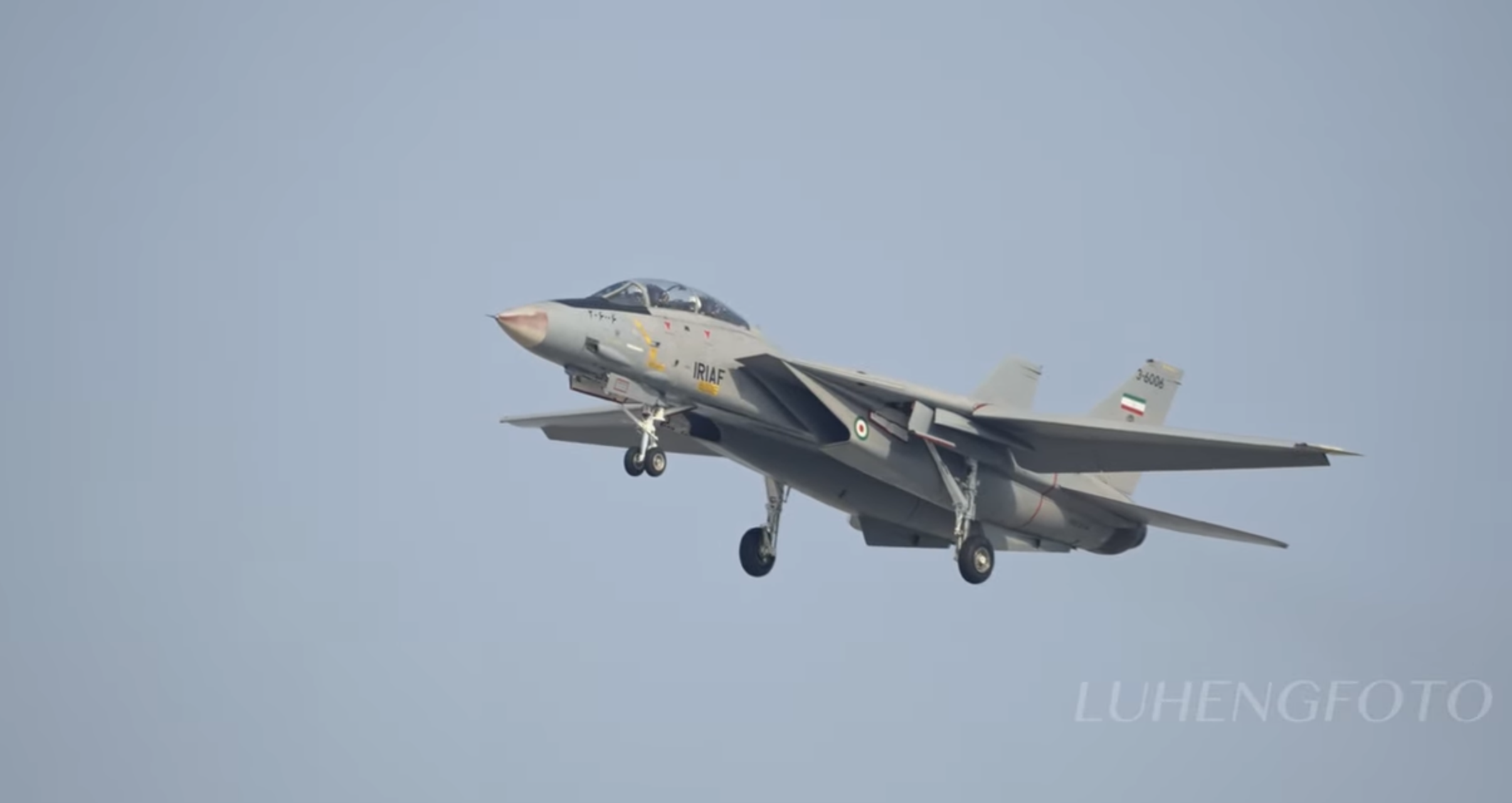
The single Grumman F-14A Tomcat (U.S. Navy Bureau Number 160334, Iranian serial number 3-6006) performed only on the pre-show arrival day. Its display included a low pass, a turn, landing, and taxiing before it remained grounded for the remainder of the exhibition, departing only on December 14th. This aircraft is based at the 8th Tactical Air Base in Isfahan, which houses Iran’s last three Tomcat squadrons: the 81st, 82nd, and 83rd Tactical Combat Squadrons.
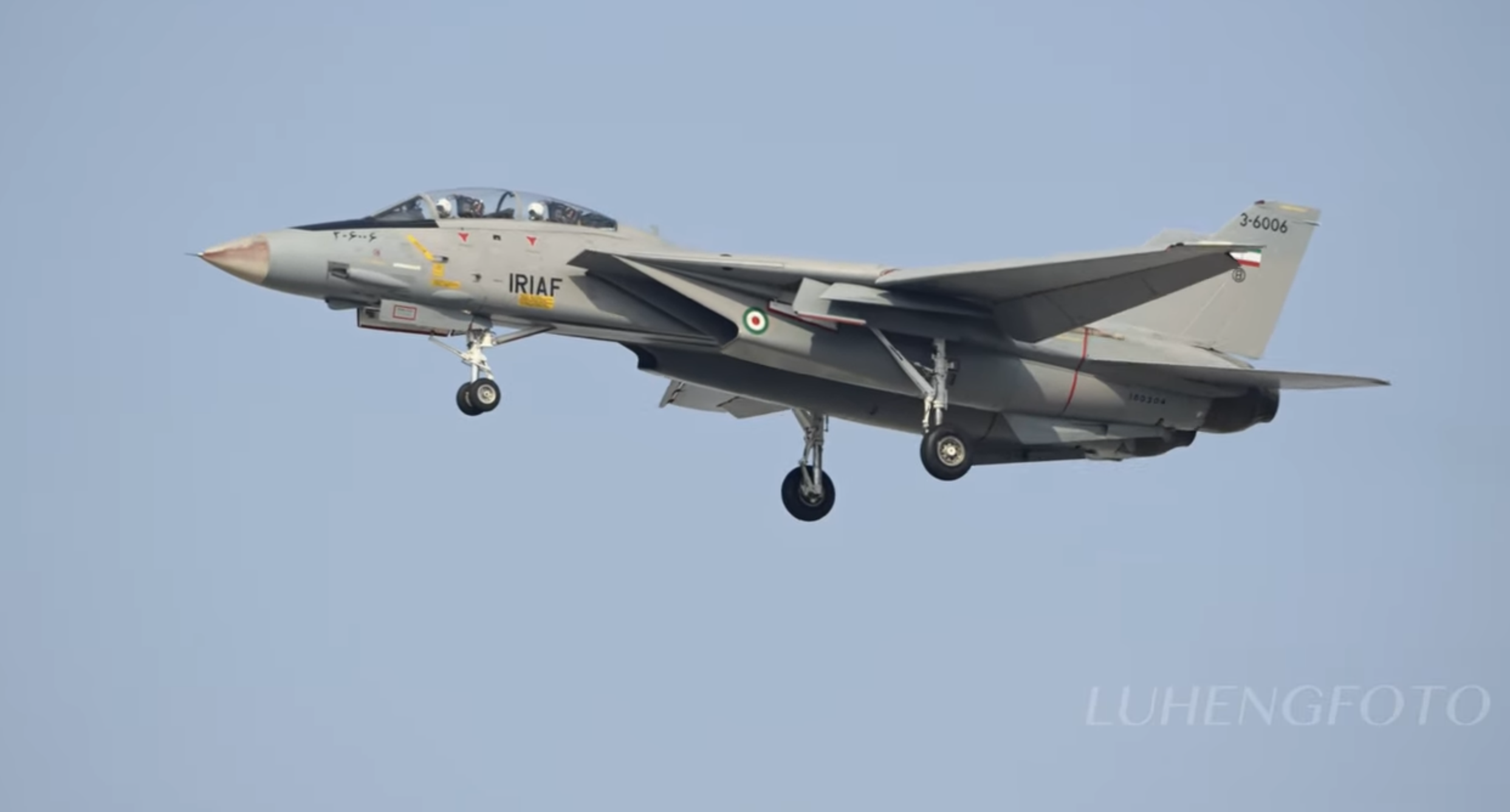
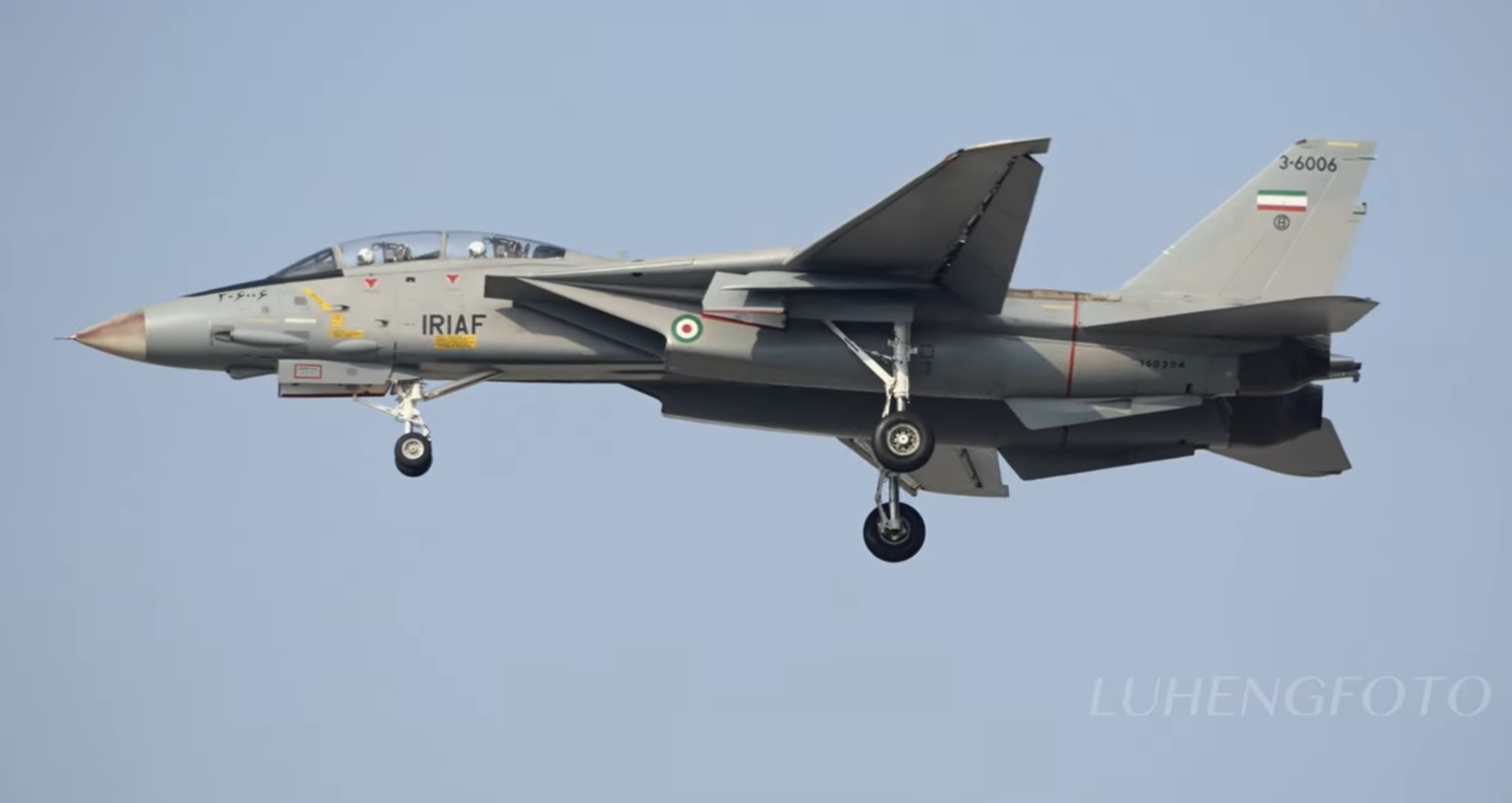
During the 1970s, Iran was a key U.S. ally in the Middle East, and the F-14 purchase reflected this strategic partnership. In 1972, Iran formalized a deal with Grumman to procure 80 aircraft, complete with training and support. The first deliveries arrived in 1974, and by the 1979 Iranian Revolution, 79 of the 80 ordered F-14s had been delivered. However, the revolution and the ensuing U.S. Embassy hostage crisis abruptly ended military relations between the two nations. With no access to U.S. spare parts or maintenance support, Iran faced significant challenges in sustaining its fleet. Nevertheless, through ingenuity, reverse engineering, and domestic manufacturing, Iran has managed to keep its F-14s operational. The War Zone explores these efforts in depth in this article.
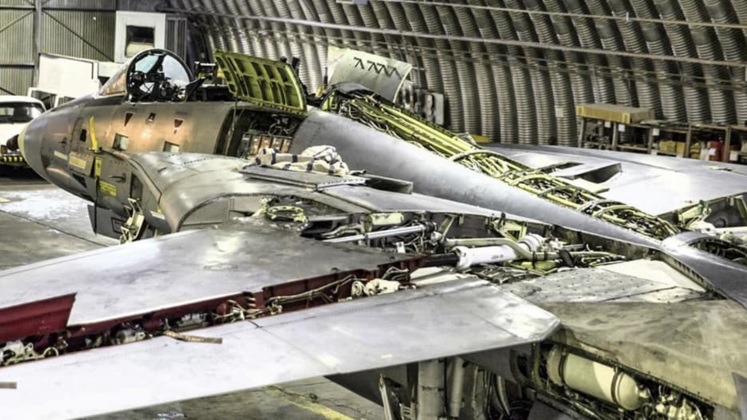
Given Iran’s ongoing isolation from much of the global community, opportunities to see the IRIAF’s F-14s are exceedingly rare. For those fortunate enough to witness the ‘Persian Cats’ at the Kish Air Show, the experience was undoubtedly unforgettable. These fleeting moments with one of the world’s most storied fighter jets will remain etched in the memories of all who were present. You can read our articles HERE for those interested in more Tomcats stories.




